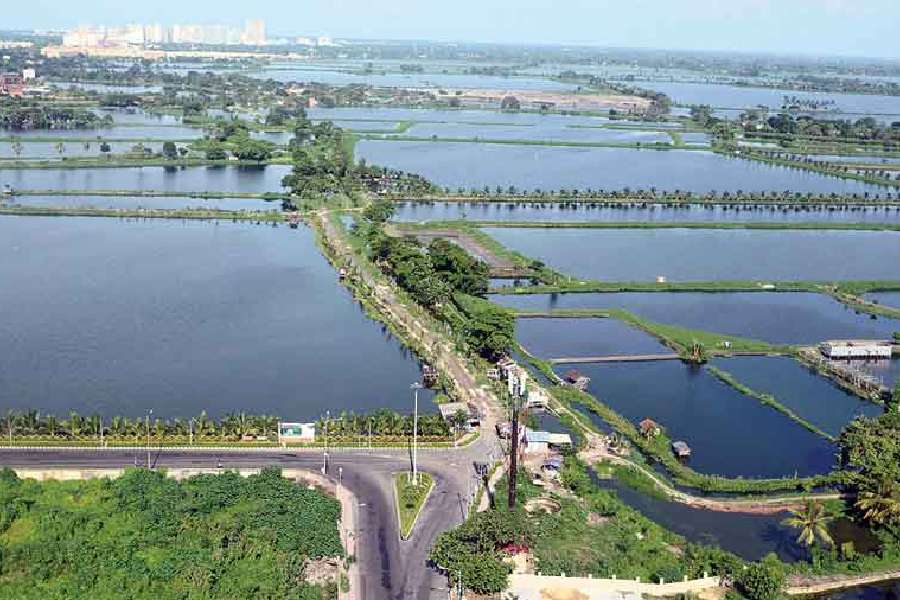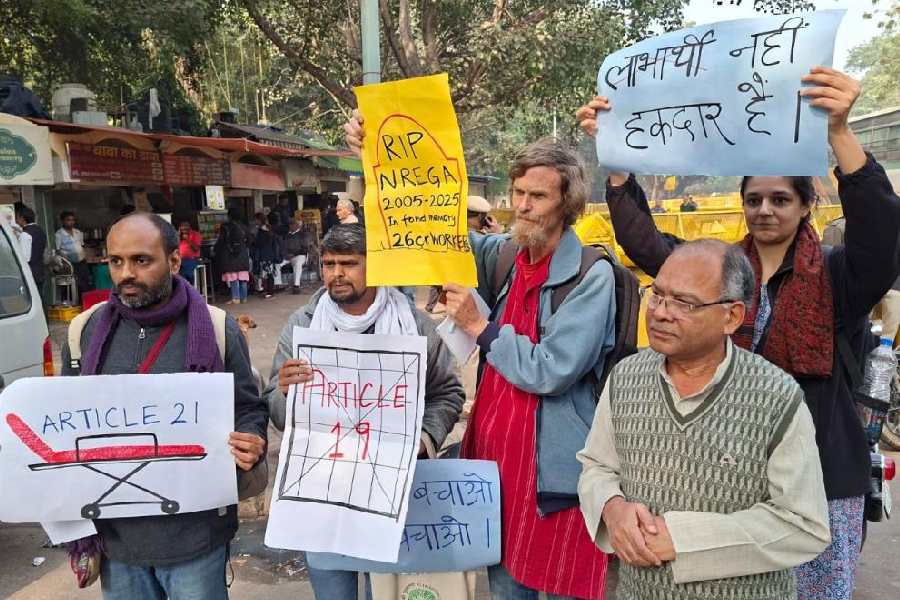The latest assessment by the ministry of environment, forest and climate change has highlighted that of the 2,00,000 wetlands in the country, only 102 are notified. Notification, in the context of environmental regulation, pertains to officially declaring and demarcating the boundaries of wetlands, thereby providing them with a legal status. The ministry further revealed to the Supreme Court that the notified wetlands are concentrated in only three states and one Union territory — Rajasthan (75), Goa (25), Uttar Pradesh (1) and Chandigarh (1). Wetlands not only are key biodiversity hotspots but also act as carbon sinks, protecting the environment from extreme climatic conditions like heat, flooding and drought. But wetlands, which include marshes, floodplains, mangroves, coral reefs as well as man-made entities, are under increasing pressure and are degrading at a rapid pace, according to the 2022 Wetlands Change Atlas. Wetlands are of economic value as well; at least 6% of India’s population relies directly on wetlands for their livelihood. Identifying and notifying wetlands are thus positive steps since they mandate corrective measures to conserve them. But notification is not being done evenly across the states. Little wonder then that about 99% of India's wetlands remain unprotected. The Centre has argued that the lack of protection can be attributed to wetlands being a state subject under the Wetlands (Conservation and Management) Rules, 2017. Furthermore, the 2017 regulations offer protection to only those wetlands that are either categorised under the Ramsar Convention or have been notified. The absence of Central oversight has undermined the conservation of these ecologically sensitive zones. The complicity of local authorities with land sharks in the rapid conversion of wetlands into prime real estate cannot be ruled out.
Calcutta's wetlands, which used to function as an effective sewage system as well as a robust defence against floods, are in poor shape even though wetlands covering 125 square kilometres in the eastern region were notified back in 2002. Reports of encroachment and the building of residential complexes are seldom acted upon. The state government's “pick and choose” strategy invited a strict reprimand from the Calcutta High Court last month which restrained the East Kolkata Wetland Management Authority or other agencies from granting permission for new construction on the city’s wetlands. The public will to protect wetlands, complemented by strict implementation of regulations, can perhaps turn the tide in favour of what remains of wetlands across India.










